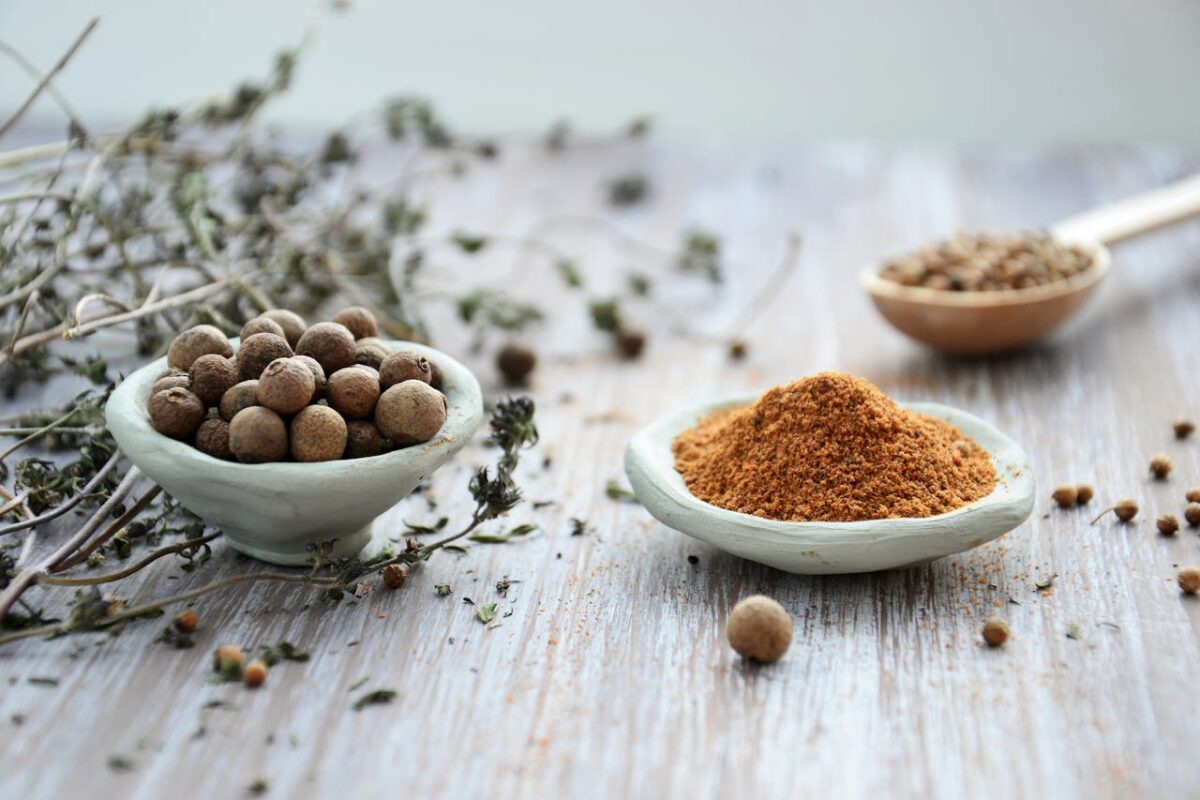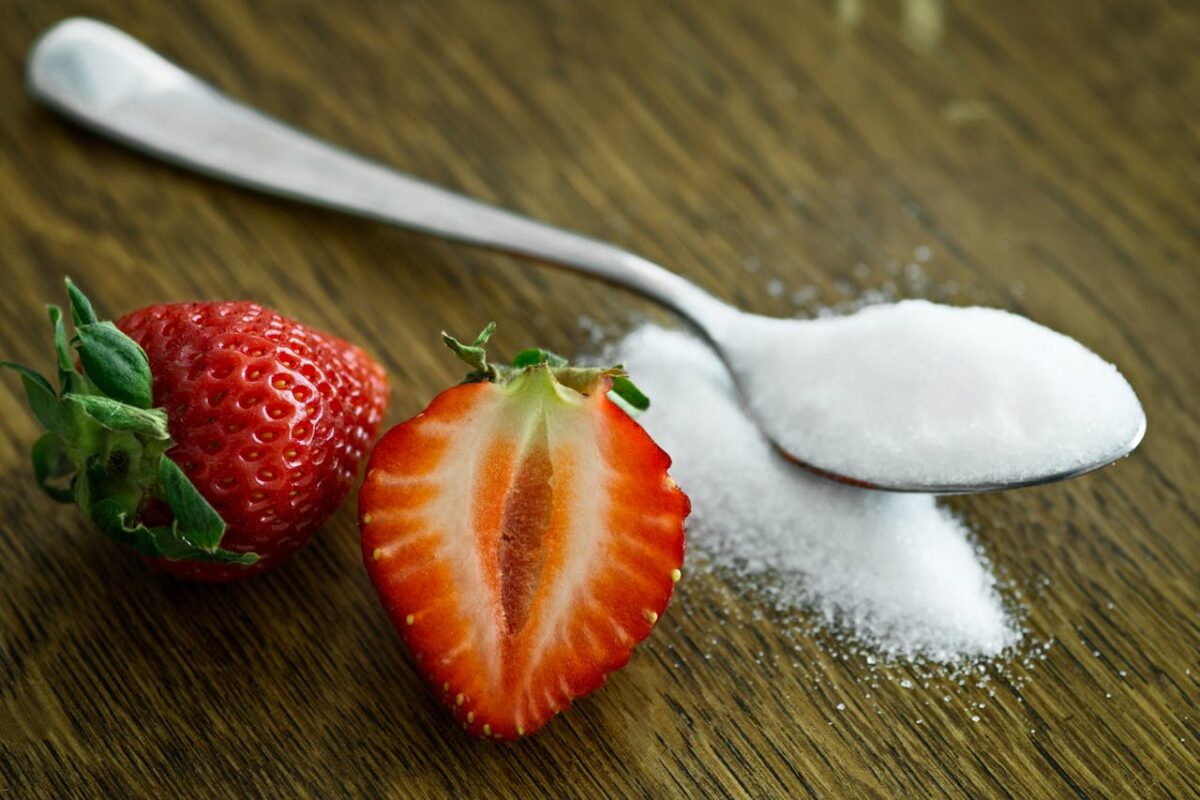The Best Foods for Gut Health During the Winter Months: Nourish Your Body Through the Cold
When the temperature drops, our cravings tend to change, and many of us turn to comfort foods. But did you know that some of those winter staples can actually support your gut health? While it’s tempting to indulge in heavy, processed foods during the colder months, there are plenty of delicious and nourishing options that can help keep your gut in balance all winter long.
Let’s talk about the best foods to include in your winter meals that’ll warm you up, boost your immune system, and promote a happy, healthy gut!
1. Bone Broth: The Winter Gut Healer
Bone broth is a winter must-have for gut health. It’s rich in collagen, gelatin, and amino acids, all of which help repair the gut lining and promote a healthy digestive system. Not only is it soothing and warming, but it also provides your body with the nutrients it needs to reduce inflammation in the gut.
How to Enjoy It:
- Sip bone broth on its own for a warm, gut-healing drink.
- Use it as a base for soups and stews to add richness and gut-friendly benefits.
2. Fermented Vegetables: A Probiotic Powerhouse
Winter is the perfect time to load up on fermented vegetables like sauerkraut and kimchi. These foods are rich in probiotics, which support the balance of good bacteria in your gut. During the winter months, when your immune system can be more vulnerable, fermented veggies can give you a probiotic boost that helps keep your digestion in check.
How to Enjoy It:
- Add a spoonful of sauerkraut or kimchi to salads, bowls, or alongside your favorite meals.
- Include fermented veggies as a side dish to add tang and gut-friendly bacteria.
3. Root Vegetables: Fiber-Rich and Comforting
Root vegetables like carrots, sweet potatoes, and parsnips are hearty, fiber-rich options that help promote healthy digestion and regular bowel movements. These vegetables are packed with prebiotics, which feed the good bacteria in your gut, helping them thrive and support a balanced microbiome.
How to Enjoy It:
- Roast root vegetables with olive oil and herbs for a delicious, warming side dish.
- Add root veggies to soups and stews for extra flavor and fiber.
4. Winter Squash: Gut-Friendly and Versatile
Winter squash varieties like butternut squash, acorn squash, and spaghetti squash are all excellent for gut health. They’re high in fiber, helping to keep your digestion smooth, and are rich in vitamins and antioxidants. These squash varieties are also versatile and easy to incorporate into both sweet and savory dishes.
How to Enjoy It:
- Roast butternut squash with cinnamon and a drizzle of honey for a sweet treat.
- Use spaghetti squash as a substitute for pasta in your favorite winter recipes.
5. Ginger: A Warming Digestive Aid
Ginger is well-known for its ability to soothe the stomach and aid digestion, making it perfect for the winter months when heavier foods can sometimes cause discomfort. Ginger also has anti-inflammatory properties that help reduce gut inflammation and improve overall digestion.
How to Enjoy It:
- Add fresh ginger to teas, smoothies, or soups for a warming and gut-friendly boost.
- Make a simple ginger tea by steeping sliced ginger in hot water with lemon.
6. Leafy Greens: Keep Your Gut Moving
Just because it’s cold outside doesn’t mean you should skip your leafy greens! Spinach, kale, and Swiss chard are packed with fiber, vitamins, and minerals that support gut health. Plus, they’re rich in magnesium, which helps to relax the muscles in your digestive tract and promote healthy bowel movements.
How to Enjoy It:
- Sauté leafy greens with olive oil and garlic as a quick, nutritious side dish.
- Add greens to soups or smoothies for an easy fiber boost.
Bottom Line: Keep Your Gut Happy All Winter Long
When winter comes around, it’s easy to reach for comfort foods, but that doesn’t mean you have to sacrifice your gut health. By incorporating bone broth, fermented vegetables, fiber-rich root veggies, and warming spices like ginger, you can keep your gut happy, your immune system strong, and your body nourished throughout the colder months.
These gut-friendly foods will warm you up and keep your digestion on track, so you can enjoy winter with energy and vitality!











